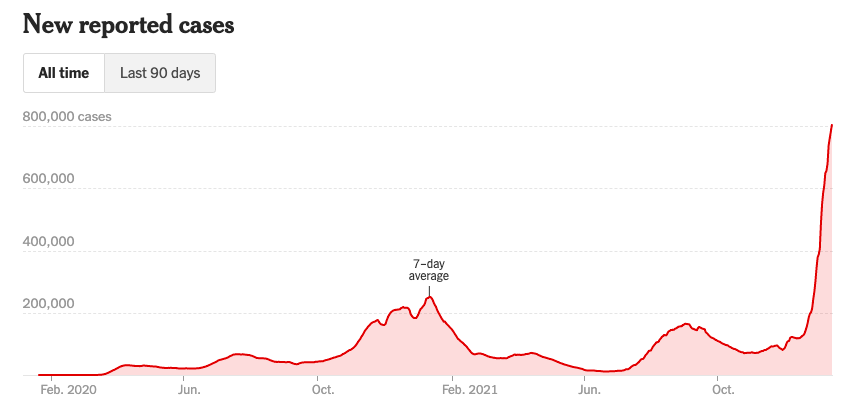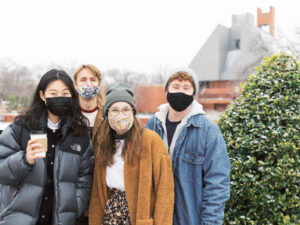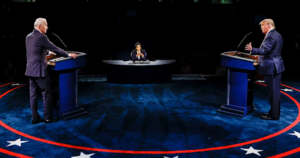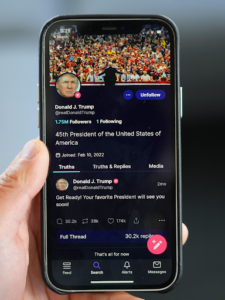My largest class for the spring semester meets in a small classroom where we sit in rows of tables pressed close together. There are 32 students and the room is always hot due to the proportion of bodies to square footage. I am one of maybe three who has been wearing a mask.
Admittedly, putting my mask back on this semester felt like a regression. Before returning to school, I debated whether or not I would even wear one. Last semester felt almost normal for our small community as we took off our masks and the spread of the coronavirus on campus reduced to a slow trickle. But, with cases rising to new highs and tests in short supply, Oklahoma Christian University students are tasked with this question: Do we put our masks back on?
Throughout the pandemic, the University has been blessed by the small population of our community, as it allowed us to limit restrictions in our day-to-day lives. For the spring semester, we were lucky—unlike many larger universities—to move back on campus and start in-person classes according to schedule. As of Jan. 12, more than 100 colleges across the United States are starting the term online.
According to the New York Times, the rate of coronavirus cases in the U.S. has increased by 159% in the last two weeks, and the rate of deaths has increased by 51%. This infection rate is drastically higher than it has been for the entire pandemic; daily case reports are nearly eight times higher than at the start of the pandemic in the spring of 2020.

While the omicron variant is less deadly than other variants of the coronavirus, it has contributed to a surge in hospitalizations and serious staffing shortages across the medical industry and the education community.
The problem I have with the lack of masks on Oklahoma Christian’s campus is this: We’re all too comfortable in the infamous “OC Bubble.”
It is easy to feel insulated on this relatively small, seemingly impenetrable campus. We are safe from the outside world, so we do not always feel the need to adapt to it. But the harsh reality is, this bubble is a phenomenon that enables us to remain apathetic to the severity of the situation in the world around us. Ignoring the ever-changing landscape of coronavirus safety because we had one normal semester is irresponsible and lacks the proactive foreknowledge that our community is just as susceptible to the omicron variant as any other.
In a recent interview with the Talon, COVID Clinical Officer, Kym Langford, said before move-in, more than 100 students tested positive for the coronavirus.
We are all tired of new variants, of nose swabs, of mask wearing. As painless as that little piece of cloth is, it is exhausting. I do not mean to diminish the mental fatigue of living through a global pandemic. However, there are larger concerns at work.
What are you willing to do to stay at school? Selfishly, a good deal of my motivations come back to the deep desire to finish off my senior year healthy and on campus. If wearing a mask is the price I have to pay to sit in class with my friends, have club meetings and walk across a stage in a cap and gown, so be it.
From a more selfless perspective, the question becomes what are you willing to do to keep your neighbor safe and to help the wider community stop the spread? I do not pretend to be an expert on pandemic safety or the morality of mask wearing, but I do believe bearing the inconvenience of wearing a mask is a collective act of love.















Be First to Comment